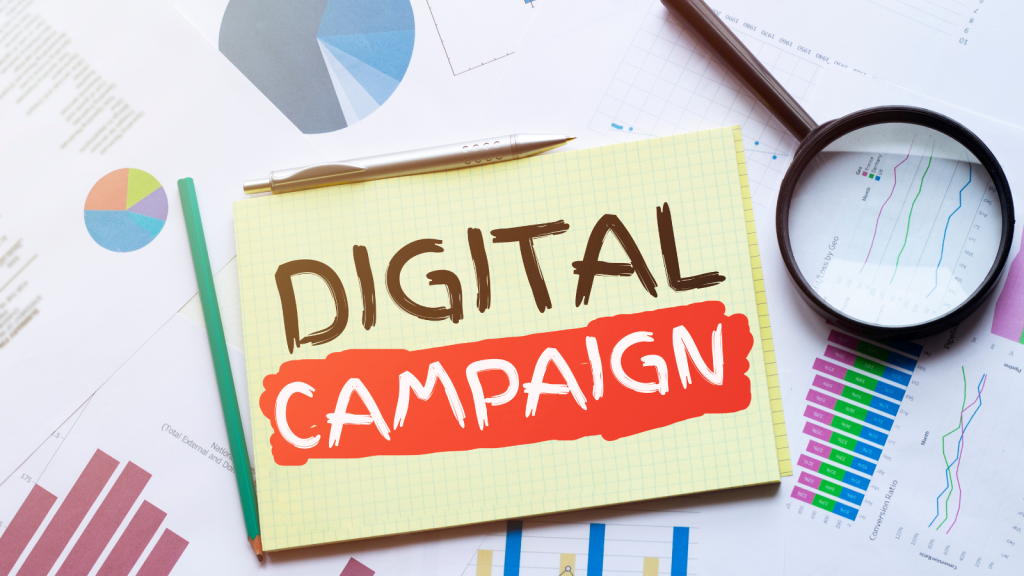When we talk about social media campaigns, most people jump straight into flashy visuals, catchy captions, and the hope that “boosting” a post will bring in magic results. But what if you could turn a lukewarm lead into a paying customer—without spending a dime on fresh traffic? That’s the magic of retargeting—specifically, advanced Facebook retargeting strategies infused with NLP (Neuro-Linguistic Programming) techniques.
Let’s walk through this together—story-style.
The Story of Zara’s Coffee Business
Zara owns a small online coffee brand. She runs a beautiful Instagram page, shares daily reels of her morning brew, and writes short blog posts on her website about different roasts.
She recently launched a campaign on Facebook targeting coffee lovers in her city. It generated a few clicks, but no sales.
Most people would panic and pump more money into ads, or worse, blame the product.
But Zara took a smarter path—she retargeted.
Let’s explore how she did that using advanced techniques, untold tricks, and NLP strategies that many brands overlook.
What Is Retargeting and Why It’s Crucial
Retargeting means showing ads to people who already interacted with your brand—visited your website, engaged with your posts, added to cart but didn’t buy, etc.
Here’s a scary truth: 97% of people won’t convert on the first visit.
Retargeting gives them a second, third, and even fourth nudge—until they trust you enough to buy.
Untold Facebook Retargeting Strategies That Work in 2025
Let’s look at the behind-the-curtain strategies that separate Zara’s coffee brand from others stuck in the Facebook ad loop.
1. Segmented Retargeting by Intent
Instead of showing the same ad to everyone, Zara created multiple Custom Audiences:
-
Page viewers (0–10 seconds) – Just curious.
-
Page viewers (10–30 seconds) – Somewhat interested.
-
Add-to-cart but no purchase – High intent.
-
Checkout abandoned – Hot lead.
Each group received a different ad. The casual viewer got a gentle reintroduction (“Missed your morning brew?”), while the checkout abandoners saw a limited-time 10% off with free shipping.
Untold Tip: Most people use one generic retargeting ad. Don’t. Break audiences into micro-intent segments and speak directly to their stage of awareness.
2. Use NLP Language to Trigger Emotional Responses
Neuro-Linguistic Programming isn’t just for therapists—it works wonders in ad copy.
Zara’s retargeting ads included phrases like:
-
“Imagine waking up to the rich aroma of hand-roasted beans…”
-
“What if you never had to drink bitter, burnt coffee again?”
-
“Don’t you deserve a better morning?”
These questions appeal to visual and emotional memory, creating a vivid internal picture. This isn’t coincidence—this is NLP anchoring.
Untold Tip: Use visual, auditory, and emotional anchors in your copy. Words like “picture this,” “imagine,” and “feel” trigger subconscious visualization.
3. Dynamic Retargeting Based on Behavior on Site
Zara integrated her Facebook Pixel with her product catalog. When someone viewed “Colombian Dark Roast,” they were shown a carousel of that exact roast, paired with a review video and testimonials.
Untold Tip: Create micro-retargeting funnels per product. Don’t just send users back to the homepage—remind them of the exact product they viewed.
4. Retargeting with Soft CTA Ads Using Storytelling
Instead of yelling “BUY NOW,” Zara told stories.
One retargeting ad opened with:
“Last winter, my brother gifted me this roast. I’ve never been a coffee drinker… until that day. I brewed it out of obligation. What happened next? I ditched my Nescafé for good.”
This type of storytelling, combined with subtle persuasion, creates emotional curiosity loops—a core NLP technique.
Untold Tip: Shift from aggressive CTAs to micro-stories. People connect to transformation, not features.
5. Time-Based Sequential Ads
People don’t just forget you—they need reminders. Zara designed a 7-day retargeting journey:
-
Day 1: “Looks like you love fresh coffee…”
-
Day 3: Customer testimonial.
-
Day 5: “Still thinking? Here’s 10% off.”
-
Day 7: “Offer expires tonight!”
Facebook’s ad sequencing allowed Zara to keep it human-like—almost as if her brand was texting them at the right moment.
Untold Tip: Don’t show the same ad every day. Use sequential storytelling—plan an experience.
NLP in Retargeting – The Secret Sauce
Let’s pause and talk NLP more directly.
NLP techniques are about influencing behavior through language patterns, psychological triggers, and sensory cues. Here’s how Zara used them:
| NLP Technique | Applied in Retargeting As… |
|---|---|
| Anchoring | Describing the smell and feel of coffee to trigger desire |
| Embedded Commands | “You’ll want to try this roast now” |
| Social Proof | “Over 2,000 coffee lovers can’t be wrong” |
| Future Pacing | “Imagine how your mornings could feel different…” |
| Scarcity Framing | “Only 23 bags left for this month’s batch” |
The Results
In just 30 days:
-
CTR went up 320%
-
Cost per acquisition dropped 40%
-
ROI on ad spend rose 3.5x
-
Abandoned cart recovery improved 60%
All without reaching new audiences. Just talking differently to existing ones.
✅ Final Takeaways
If you’re designing a social media campaign and ignoring advanced retargeting, you’re leaving gold on the table. Here’s what to do:
-
Break your audience by behavior.
-
Craft unique, NLP-inspired copy for each stage.
-
Use dynamic retargeting for product-based funnels.
-
Implement ad sequencing like a human conversation.
-
Tell stories, not sales pitches.
Your Turn: Think Like Zara
-
Are you retargeting your viewers… or just boosting ads?
-
Are your messages robotic… or do they spark emotion?
-
Are you repeating offers… or guiding users through a story?
Designing campaigns is no longer about shouting louder—it’s about whispering the right thing, at the right time, to the right person.
Welcome to the age of emotionally intelligent marketing.

